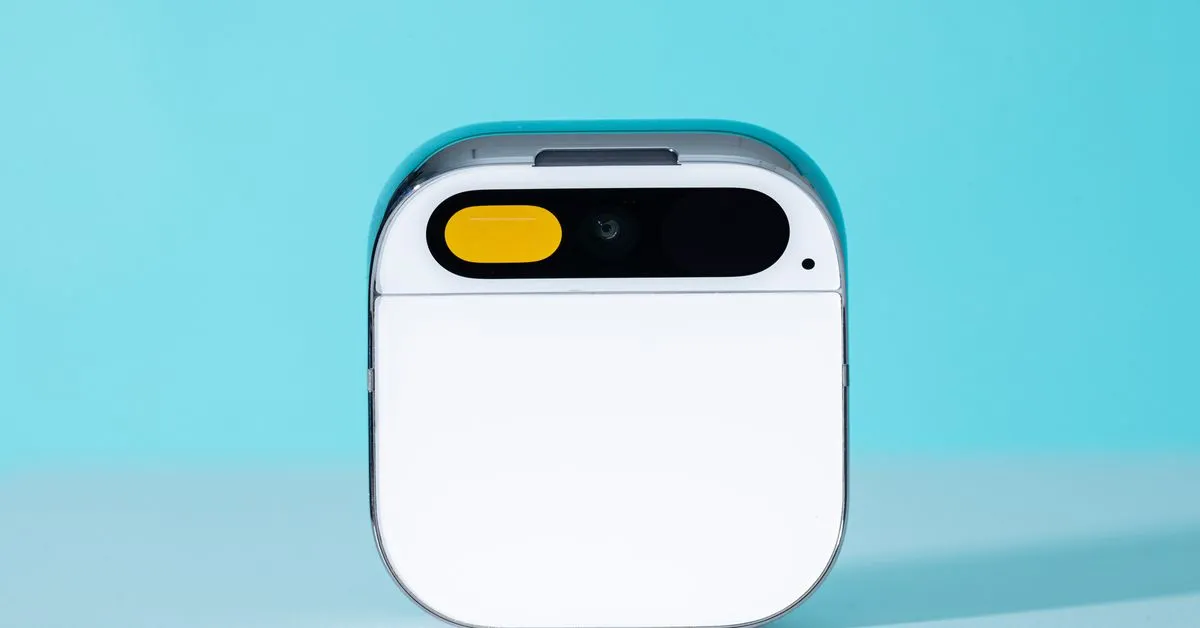the Humane AI Pin is fucked
the Humane AI Pin is fucked

After raising $200 million from investors, Humane has only sold $9 million worth of products and has received $1 million in returned products.

after the predictable failure of the Rabbit R1, it feels like we’ve heard relatively nothing about the Humane AI Pin, which released first but was rapidly overshadowed by the R1’s shittiness. as it turns out, the reason why we haven’t heard much about the Humane AI pin is because it’s fucked:
Between May and August, more AI Pins were returned than purchased, according to internal sales data obtained by The Verge. By June, only around 8,000 units hadn’t been returned, a source with direct knowledge of sales and return data told me. As of today, the number of units still in customer hands had fallen closer to 7,000, a source with direct knowledge said.
it’s fucked in ways you might not have seen coming, but Humane should have:
Once a Humane Pin is returned, the company has no way to refurbish it, sources with knowledge of the return process confirmed. The Pin becomes e-waste, and Humane doesn’t have the opportunity to reclaim the revenue by selling it again. The core issue is that there is a T-Mobile limitation that makes it impossible (for now) for Humane to reassign a Pin to a new user once it’s been assigned to someone.